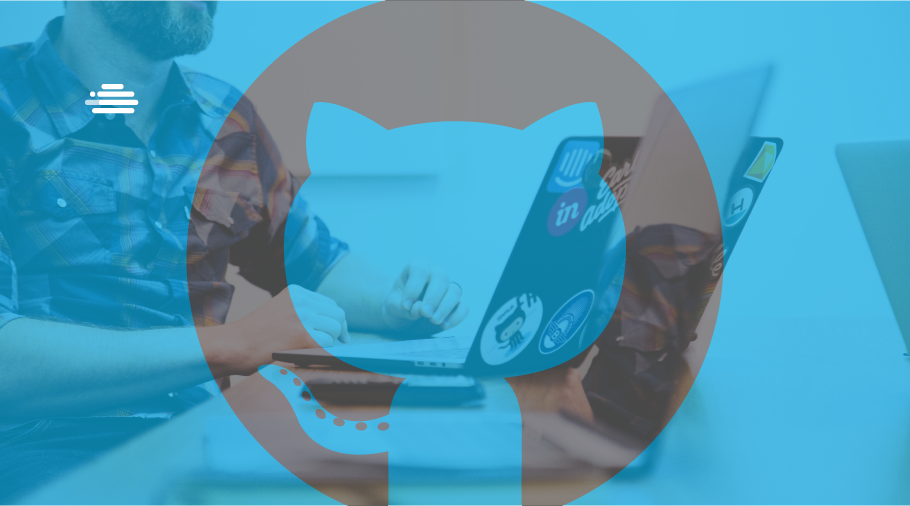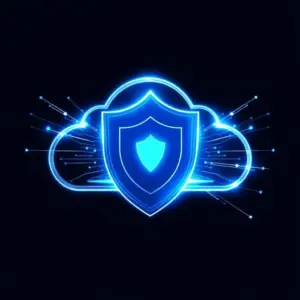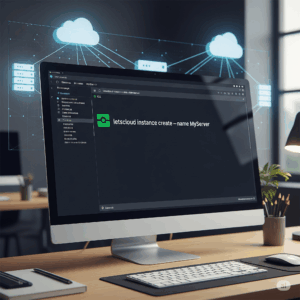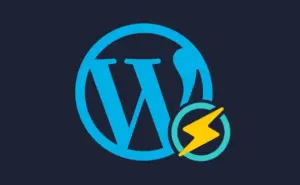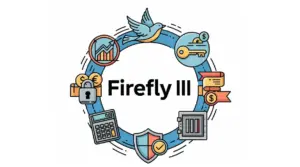How is your GitHub nowadays?
Since the creation of the platform in mid-2008, GitHub has grown exponentially. In 2011, it already hosted more than 2 million public repositories.
Besides allowing vast access to this content, enhancing the learning of those who are starting to program, GitHub allows direct access and collaboration in open-source projects developed by organized communities, from the most varied projects, from new libraries to complete Linux distributions, as in the case of AlmaLinux.
In addition to learning and collaboration, GitHub has become a tool to open up new job opportunities for everyone.
So, I rephrase my question, along with your GitHub, can you stand out in a job interview?
In today’s post, we have gathered tips to assist in a review of your GitHub aiming at new opportunities!
1 – Keep good practices to create an organized profile
Let’s start with the basics, consider these initial tips as a rule for organizing your profile.
Your work profile should be reflected in your GitHub profile, precisely if the focus is to use your GitHub as your main Portfolio.
Your Projects
The first step, or rule, is a general review of your current profile, to show more about your direct way of working.
If you are an organized person, keep your projects equally organized. Remember to comment on the functions and actions of each part of your code, the organization is remarkably appreciated in work environments.
Especially in work environments that deal with the constant development of new versions and migrations from old systems.
Review your projects and keep them organized.
So organized that any viewers, from job recruiters to Project Owners are capable to understand your way of organization.
Be clear and objective in both your code and your comments.
To make your projects clearer, write a good README containing at least a description, instructions for installation, and how to use the software.
The number of personal projects is impressive and leads to the quality of your code, after all, practice makes perfect. However, do not create badly finished projects without purpose.

Creating projects without purpose and with code filled with bugs will pollute your GitHub, this is not a good impression and can harm you in some job interview processes, precisely, in profile analysis.
Remember: you don’t need to put all your projects on GitHub, just those that are related to your area of expertise or that are useful to the community.
Another important tip is to make a clear description of each commit performed. If you write things like “up” or “update 8”, just imagine your future self trying to figure out the meaning of those things.
Your collaborations in other projects
If you have a collaborative profile, collaborate with other projects actively.
Contributing to open-source projects is a great way to learn and also to be seen within the community.
Use clean code that is easy for other programmers to understand. Remember that a clear code is not one full of comments, but well written.
The active development participation in a new project, linked to your area of study, will bring recognition to your professional profile.
It is not unusual for developers to be hired by excellent companies for their collaboration and, consequently, their recognition within the development communities.

Creating contact with other projects and other developers is always recommended for those who are starting the development journey.
For a senior developer, collaborating with his experience on other projects can bring great advantages, from event invitations or new job opportunities.
Those are valuable tips for your GitHub to impress tech recruiters.
2 – Create a website to present your projects with GitHub Page
Knowing how to program in a clean and organized way is vital, in the same way, it is essential to know how to well present your projects.
GitHub Page is a tool for creating websites hosted directly in your repository.
Even if your specialty is the back-end, all visual creation of the front-end is facilitated through a theme selector for your pages.
It is also possible to create customized domains to display your projects and incorporate them into your portfolio.
Just check the video below.
To learn more about using this feature, check the official GitHub Pages and the complete documentation.
3 – Display your GitHub on your LinkedIn profile
LinkedIn is the most famous and largest professional social network, focused on generating connections and relationships, so does it make sense to publicize your GitHub on your LinkedIn profile, correct?
LinkedIn brings the entire trajectory of your professional life, courses, qualifications. But for developers, there is no space dedicated to projects and codes.
So, how to do it?
There are two fields where we recommend that you enter your GitHub profile link.
The first one is in the Summary field. When mentioning the languages/frameworks/technologies you work with, insert something like:
See my projects on my GitHub profile github.com/}USER_NAME]
It’s a simple tip, but it makes a difference to show your projects in an organized and structured way.
And the other field to enter your GitHub profile is in the contact information.
Enter your profile and, right below your photo, there will be a Contact Information link.
Click on add site; Enter the URL; And next, change the type to “portfolio”.
Now your GitHub is connected with your LinkedIn.
To make life easier for managers and tech talent hunters to find you.
4 – Use GitHub Desktop to work offline
If you suffer from a lack of internet or lose focus easily with obscure videos on YouTube, GitHub Desktop is an excellent tool for your work and organization.
It allows you to create local copies of your projects that:
- Allow you to work offline;
- Synchronize when your computer is connected to the internet;
- Helps to keep your focus on programming.
After installing and logging in, choose which projects you want to download and work on locally.
Some downsides are that, as the software focuses on working on your existing projects, some features are not available. How:
- Fork
- Follow a user
- View pull requests
The installation process for GitHub Desktop is very intuitive, just like everything else on GitHub, it has a first-time tutorial for you to learn about all the available resources.
5 – Learn the most used GIT commands with GIT CHEAT SHEET!
To finalize the tips of the largest and most complete GIT repository, we have separated for you the official Cheats list for GIT commands!
To access the complete sheet simply follow this link and save it to the location of your choice.
We hope these tips will help your review process for your GitHub and LinkedIn.
For more tips, follow our social media and access our community, and don’t forget to keep your code clean and well documented!
